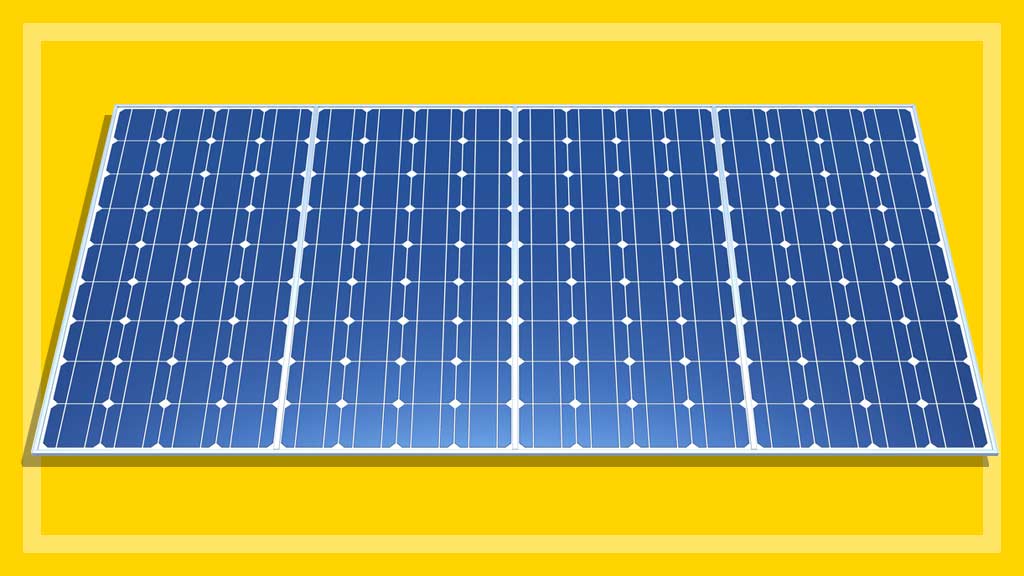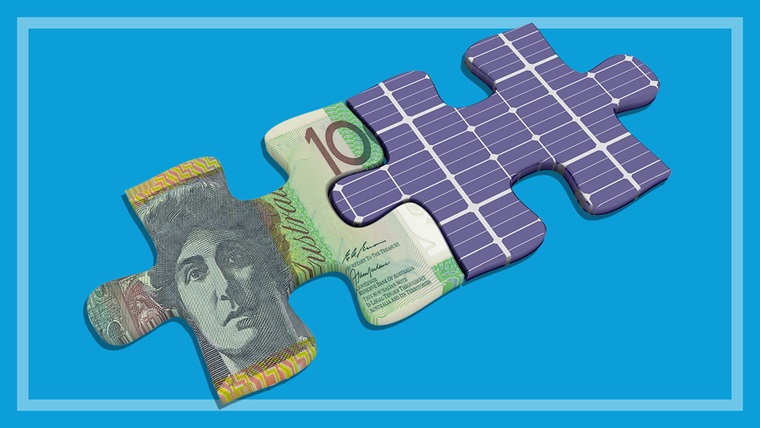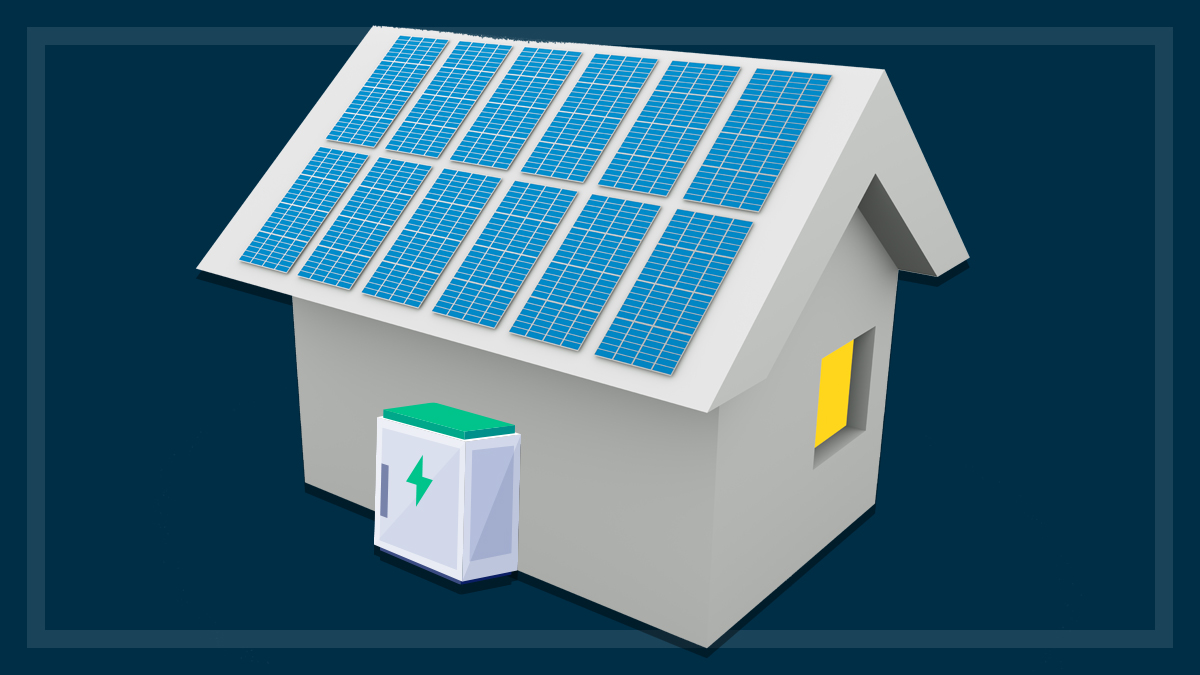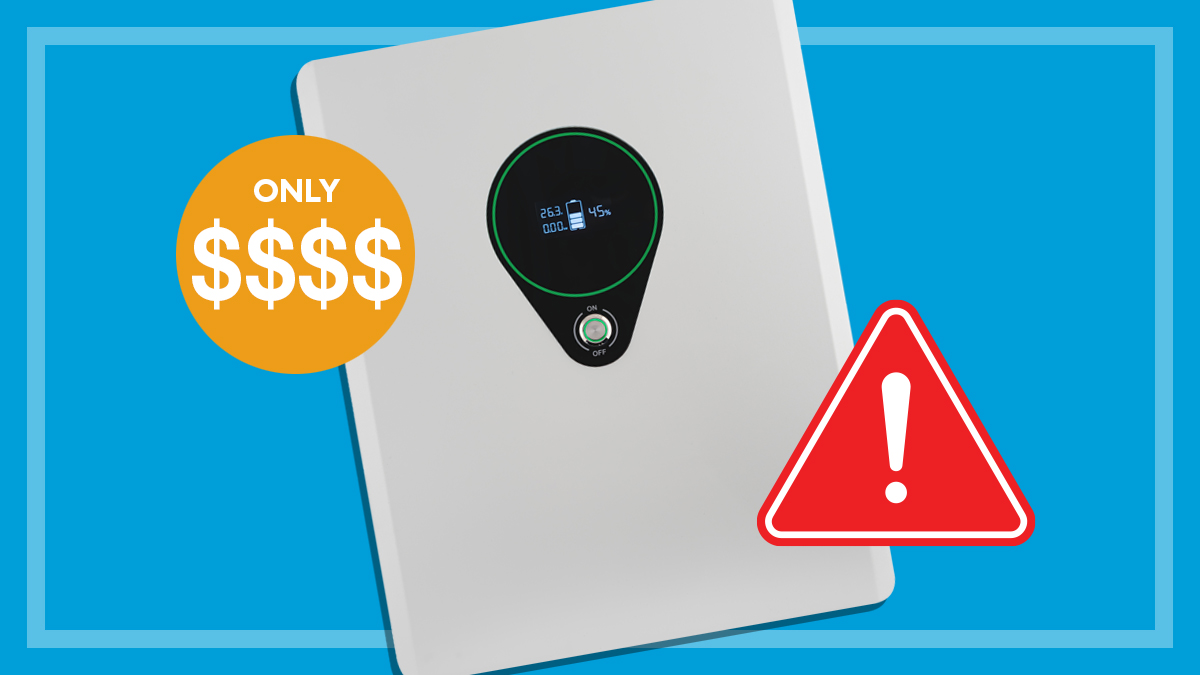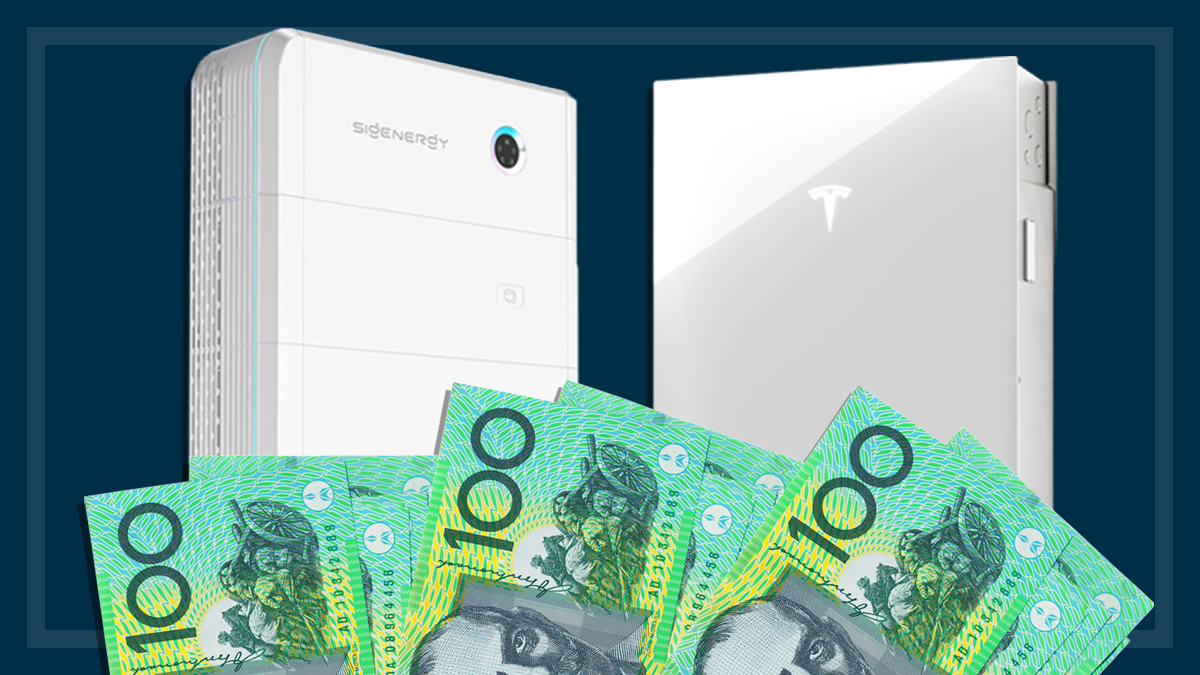Get our independent lab tests, expert reviews and honest advice.
Living with the Tesla Powerwall: the first Australian case study
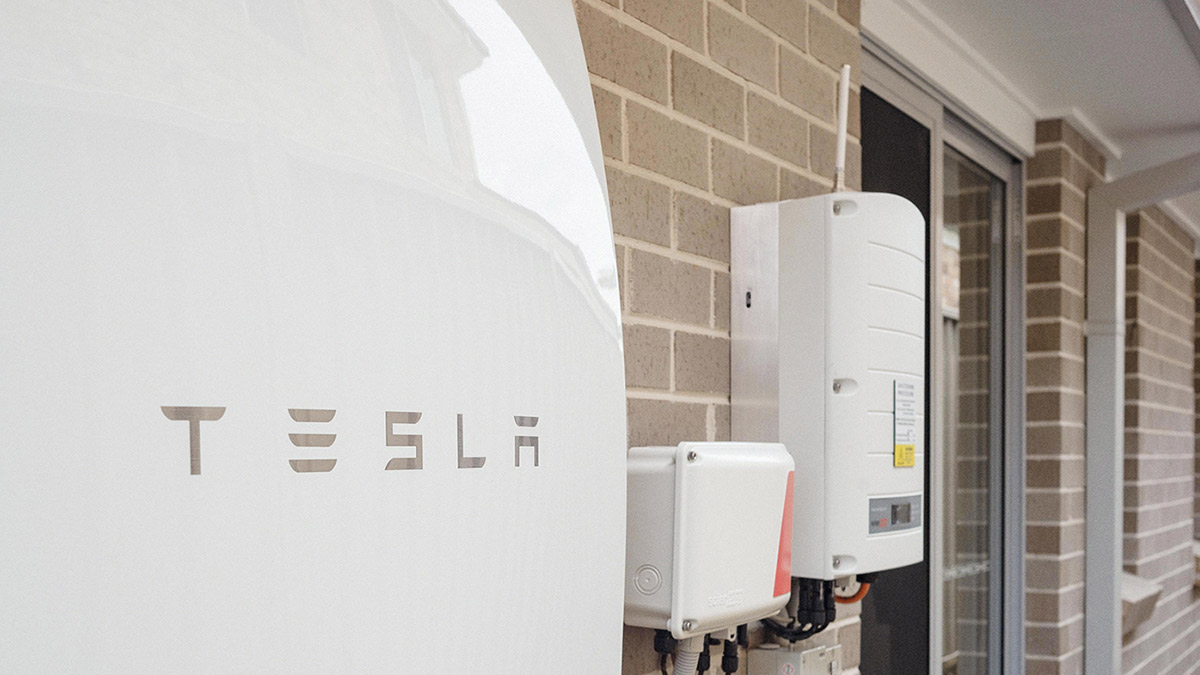
Need to know
- In 2016, Nick Pfitzner of NSW became the first Australian to invest in the Tesla Powerwall
- Nick estimates he'll recoup his original investment within about eight years, but others may have to wait up to 20 years
- For now, solar panels without batteries may be the best option for most Australian households, as battery technology is still evolving
Nick Pfitzner and his family live in a four-bedroom house in Kellyville Ridge, NSW. It’s a large home with a study, an internal laundry, a pool and an outdoor entertainment area.
Powering the home with electricity in 2015 cost him $2289 for the year, but he’s since invested in a solar power system that has significantly cut costs.
Main photo: Naturalsolar.com.au
The Powerwall is worth it, but not for everyone
A self-confessed “fanboy” of Tesla, the US electric car maker, Nick was the first person in Australia to buy the Tesla Powerwall. In January 2016 he splashed out $16,790 on a 7kW battery, a 5kWp solar array, a SolarEdge inverter, and a Reposit monitoring system.
After a year of living with the Powerwall, Nick’s electricity bill dropped by 88% to $283 – a saving of $2006. Four years on, his electricity bill for 2019 was $320.27.
The savings beat projections, as well as Nick’s own expectations
Some media outlets are reporting that Nick now pays 46 cents a day or roughly $45.16 a quarter for energy. But these figures take into account a payment of $50 a month that Nick has received since October 2017 for being part of a battery software trial by Reposit Power. Without this payment, the figure would be roughly $82/quarter over the past four years, which is still an impressive 86% drop when compared to his bills before installing the system.
The savings beat projections, as well as Nick’s own expectations.
“Before I crunched the numbers I was looking at what would be my return on investment,” he says. “If it saved me 80% of my power bill, [I thought] it would be pretty good.”
Nick estimates that his solar panels account for about 50% of his bill reduction, and the solar battery for another 25%. He says he’s saved the other 25% by using energy more efficiently and swapping his supplier.
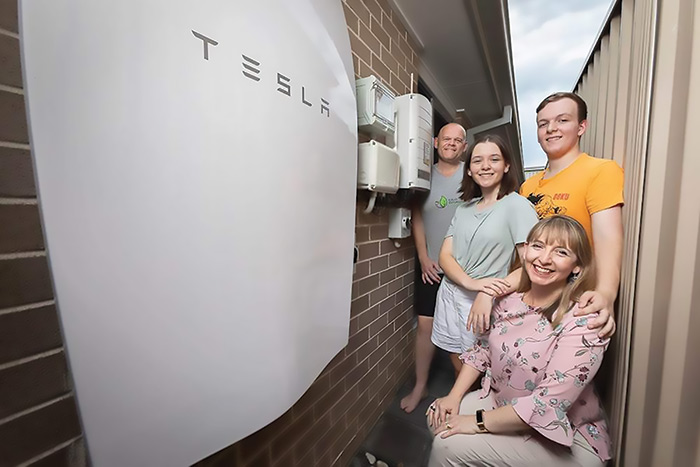
Learning to be more energy-efficient
Nick says buying the Tesla system has helped him understand his electricity use and work out how his household could be less wasteful.
In 2015 his home used about 22kWh of electricity a day. Since installing the system he’s become smarter about his use, reducing it to about 17kWh a day. With the help of the app that comes with his battery, he’s also learned how to use energy strategically to get the best value from his system.
Understanding how you use your energy is just as important as the unit itself
Nick Pfitzner, Tesla Powerwall owner
“Understanding how you use your energy is just as important as the unit itself,” says Nick. “For example, in the morning, when the battery has power stored, we make sure we don’t turn on the toaster, the kettle and the microwave at the same time because the battery can only release a certain amount of energy at a time. If you flick them all on at once you’ll use grid power.
“We also buy more energy-efficient appliances when they need replacing and set the thermostat higher in summer and lower in winter.”
Could the payback period be shorter than you think?
Home batteries are an emerging technology that attracted a lot of attention when Tesla entered the market. According to original estimates, a customer who’d bought the Tesla Powerwall would need to wait well over a decade, anything from 14 to 18 years, to recoup the cost of their investment (this is known as the ‘payback period’).
But after the first two years with the Powerwall, Nick estimated his payback period to be less than 10 years. Today, he reckons he’ll have his initial outlay paid off in less than eight. This is because the system has not only helped him reduce his total electricity use, but also because his setup means he can sell the electricity his battery stores back to the grid.
Selling your surplus solar power
All households with solar panels can reduce their bill by selling surplus power back to the grid. But those with a solar battery can also store surplus power generated during the day for use during the night.
Surplus power is sold back to the grid when the battery is full. In theory, this leads to greater savings because consumers pay a lot more for importing energy than they get for exporting it back to the grid.
“The system will power whatever the house needs first as a priority, then it will fill the battery as a second priority and then anything over it’ll export,” says Nick.
“The aim is to try and export about three times of what I import because my electricity cost is about three times [as much].”
Nick isn’t quite meeting this aim – but he’s close. He gets an average of $120.36 a quarter selling power back to the grid. Since installing the system his energy export has saved him a total of $1925.76 off his bills.
Making money with the Reposit monitoring system
Nick’s system was selling electricity back to the grid at eight cents a kilowatt-hour until mid-2017, when his feed-in tariff jumped to 12 cents a kilowatt-hour. But his Reposit monitoring system can push the price up to $1 a kilowatt-hour when demand on the grid is high.
This add-on system (which cost Nick $800 at the time, but now costs $329) also improves the battery’s efficiency and longevity by controlling the rate at which it fills and empties. For those with time-of-use tariffs, it can also import power when prices are low overnight. Nick estimates the system saves him about $50 a year.
Nick is happy with the savings he’s getting from his system, but says that batteries aren’t for everyone
The Reposit system, along with his strategic energy use and the payment he gets for taking part in the software trial, are some of the reasons Nick could end up paying his system off much earlier than projected. He’s also had no operational problems with his solar battery since it was installed.
Nick is happy with the savings he’s getting from his system, but says that batteries aren’t for everyone.
“For someone who isn’t interested in going to the nth degree, get a solar panel system without a battery, but with the option to add one later,” he advises.
Solar batteries may not be right for you
Nick’s solar battery system is working well for him, but his results aren’t necessarily typical of the average Australian household.
Solar Quotes CEO Finn Peacock says he believes some battery owners may not be calculating their savings correctly.
“People often lump savings from solar panels and batteries together, leading them to miscalculate the savings directly attributable to the battery alone,” says Peacock.
People often … miscalculate the savings directly attributable to the battery alone
Finn Peacock, CEO of Solar Quotes
“They may also calculate the money they’ve saved by using stored power instead of grid power, without taking into account the money they could have earned selling that excess power back to the grid instead. This may lead people to incorrectly estimate a faster payback period than what’s realistic.”
Peacock installed a battery in his own home in May 2017, but says it only made economic sense because he took advantage of an AGL deal (no longer available), which offered a $20,000 battery installation for just $3800. According to his calculations, his system is set to pay itself off in roughly 10 years, but he says people who pay full price for a battery will almost certainly have to wait longer.
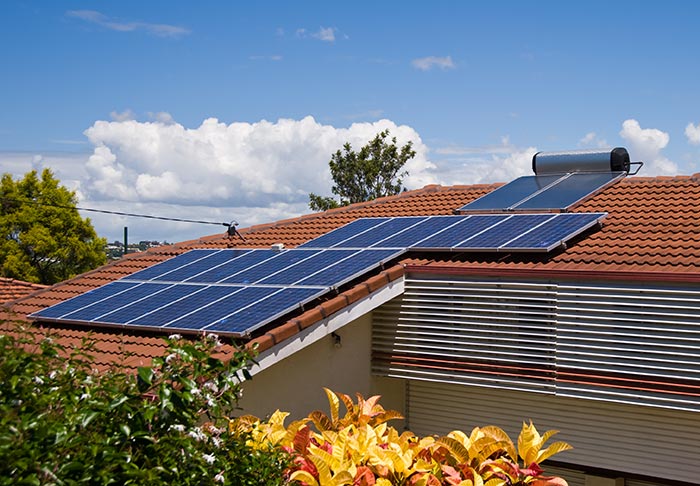
How has the solar battery industry evolved since 2016?
About 500 homes and small businesses had solar batteries fitted in 2015, but two years later that number had jumped to 20,500.
These early numbers had some commentators predicting rapid growth, but rates have since slowed. By the end of 2018, there had been a total of 23,000 installations. The figures for 2019 aren’t out yet.
A mixed picture
Damien Moyse, CEO of sustainability nonprofit Renew, says that although solar with battery systems are now more economically attractive to Australian households than they were a few years ago, their appeal still varies by location, household type and energy usage.
“It’s fair to say more homes would now be able to achieve a 10-year payback [than in 2015], but a lot of homes still won’t,” he says. “The variation is huge … with larger, higher-usage houses getting better value out of a battery.”
By the end of 2018, 23,000 homes and small businesses had solar batteries
He says that battery prices haven’t fallen as rapidly as solar panel prices, which fell 95% in less than 10 years.
“While the cost of the battery technology has dropped significantly internationally, other costs associated with battery installation in Australia, including labour and other components, remain relatively expensive,” says Moyse.
Some costs have fallen less than predicted
The launch of the original Tesla Powerwall in 2015 sparked such intense competition that battery prices dropped by 40% in 2016. But while many predicted that prices would continue to plummet, in some cases they’ve actually risen. For instance, the 14 kilowatt-hour, second-generation Tesla Powerwall boasts twice the capacity as the original, and its price has gone up from $9600 in 2018 (plus installation costs) to its current price of $11,700.
Several state governments and energy retailers offer incentive schemes to subsidise the cost of solar batteries. Moyse says that for those households that qualify, a subsidy could shorten their payback time to as little as five years. For households that don’t, the wait could take up to 20 years.
Moyse reminds consumers that it’s still solar panels, not the batteries, that bring most of the savings and environmental benefits. “Until prices come down further, batteries will remain a smaller part of the overall solar market, but the space is still changing and evolving,” he says. “People are putting them in to be independent from the grid and to support new technology – not just to save money.”
Solar batteries have a long way to go
CHOICE solar expert Chris Barnes agrees that batteries still don’t make economic sense for the average Australian household. “Solar battery technology was expected to evolve quite rapidly, but this hasn’t really come to pass,” he says.
Barnes says the results of a recent trial of solar storage batteries carried out by ITP Renewables shows that the technology is not as reliable as many retailers would have consumers believe.
Solar battery technology was expected to evolve quite rapidly, but this hasn’t really come to pass
CHOICE solar expert Chris Barnes
“The trial found a lot of operational problems and product failures, with only six of the 18 [batteries] tested operating without any major problems,” he says. “This rate of failure would be unheard of in the context of an established technology like fridges or cars, showing that the solar battery industry, at least at the consumer level, still has a ways to go.
“The problems aren’t necessarily in the battery cells themselves. They’re more likely in the battery management system (the electronics that manage charging and discharging) and getting the whole setup to work seamlessly with a solar panel system. Different locations and climates can also be a factor.
“Solar batteries are a good idea – especially in off-grid or commercial-scale systems – but for the typical individual consumer, the technology and the economic are still catching up.”
Ready to buy a battery? Here’s what to consider
Barnes says the ITP trial has some key lessons for people who are planning on buying a battery.
“First, choose an established brand that you can expect will still be around to make good on their warranty claims and product support in 10 years’ time,” he says, referring to the fact that some start-up battery companies are forced to fold after a few years.
“Second, make sure your installer really understands the complex battery technology – a bad setup can drastically affect your whole system.”
Virtual power plants
Technology may not have advanced as quickly as anticipated, but the latest batteries still have some new features worth looking out for. One of the most exciting is their ability to connect to the outside world, says Warwick Johnston, founder of SunWiz, which is the first consultancy firm to audit the home battery market in Australia.
“What we’re seeing now is batteries that have an internetworking capability, meaning they can connect to a virtual power plant,” he says.
“Virtual power plants are a big new player in the industry. They’re able to use a connected network of home solar batteries to stabilise the grid, and they can unlock financial and network benefits for battery owners.”

